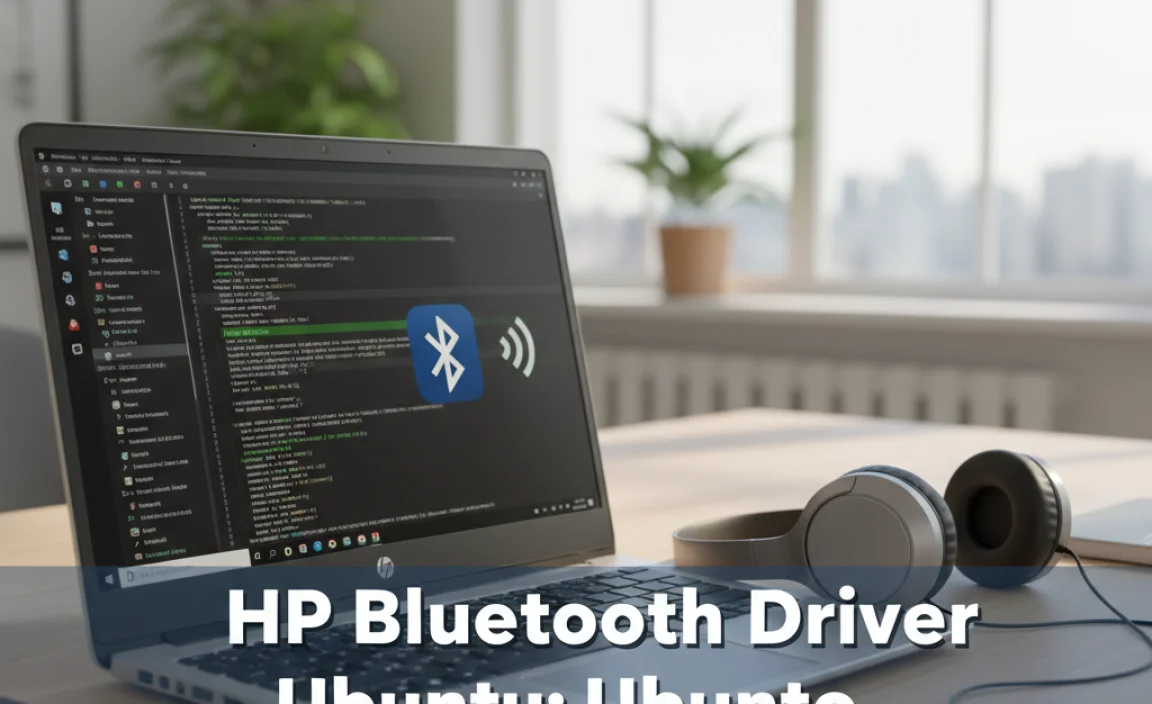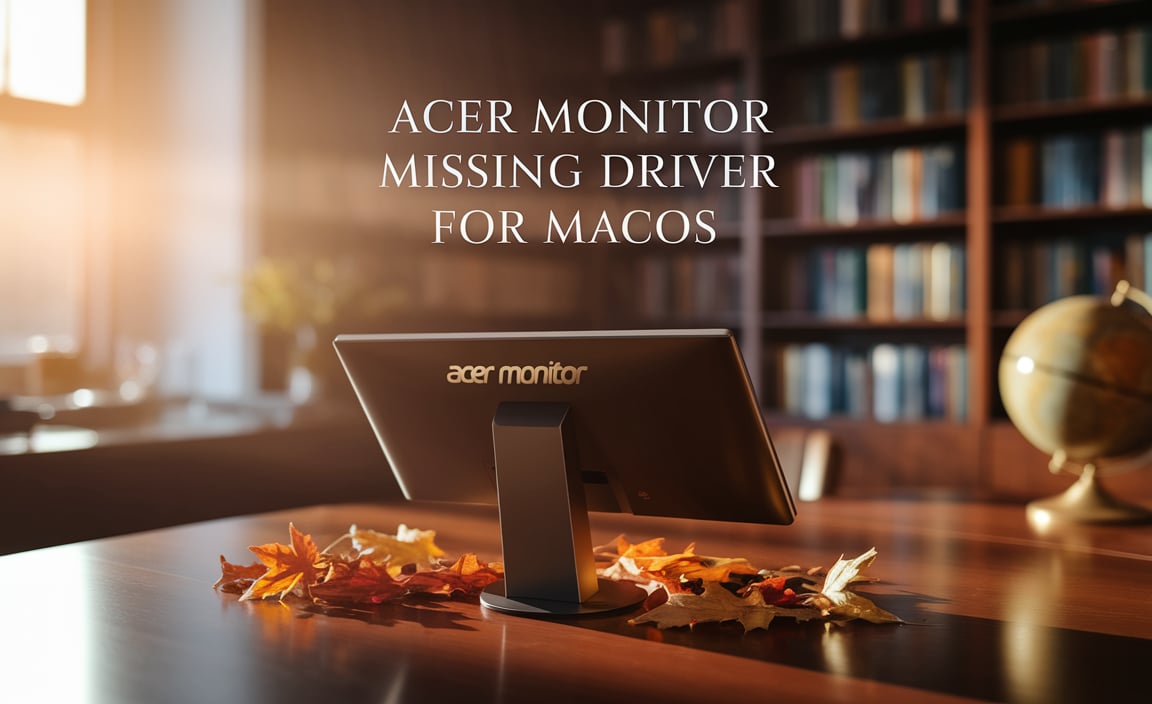Dell Wifi Driver Fix for Windows 7 in 2025: Reclaiming Your Connectivity
Dell wifi driver fix for Windows 7 2025 is a topic that resurfaces for many users clinging to the robust and familiar operating system. While Windows 7 has long been retired by Microsoft and no longer receives security updates, its stability and resource efficiency still make it a preferred choice for certain applications or older hardware. However, the biggest hurdle in keeping these systems operational is often network connectivity, specifically Wi-Fi. As hardware ages and driver support dwindles, finding the right drivers can feel like searching for a needle in a haystack. This article aims to guide you through the process of finding and installing a functional Dell Wi-Fi driver for your Windows 7 machine in the year 2025, ensuring you can get back online.
The primary challenge with older operating systems like Windows 7 is that manufacturers, including Dell, have largely ceased official driver development and support. This means finding drivers designed specifically for Windows 7, especially for newer Wi-Fi cards that might have been integrated into later revisions of Dell laptops, can be incredibly difficult. The official Dell support website, while a great starting point, might only offer drivers for the OS it was initially designed for, often excluding Windows 7 from its download pools. This often leads users down a frustrating path of downloading generic drivers that may not be fully compatible or stable.
Understanding Your Dell Wi-Fi Hardware
Before diving into the fix, the most crucial step is identifying the exact Wi-Fi adapter model installed in your Dell laptop. Without this information, you’ll be fumbling in the dark.
How to Identify Your Wi-Fi Adapter:
1. Device Manager:
Right-click on “Computer” (or “My Computer”) on your desktop or in the Start Menu.
Select “Manage.”
In the Computer Management window, expand “Device Manager” from the left-hand pane.
Look for “Network adapters.” Expand this category.
Your Wi-Fi adapter will be listed here, often with “Wireless,” “Wi-Fi,” or a manufacturer’s name (e.g., Intel, Broadcom, Atheros, Realtek) in its name.
Double-click on the adapter to open its properties. The “General” tab will show the device name. The “Details” tab, under the “Hardware Ids” property, provides a unique identifier that can be further helpful in searches.
2. System Information:
Press `Windows Key + R` to open the Run dialog box.
Type `msinfo32` and press Enter.
In the System Information window, navigate to “Components” > “Network” > “Adapter.”
Your Wi-Fi adapter details will be listed here.
Once you have the exact model number, your search for a Dell wifi driver fix for Windows 7 in 2025 becomes much more targeted.
Strategies for Finding the Right Dell Wi-Fi Driver
Several approaches can help you locate a compatible driver when official channels fall short. Persistence and a systematic approach are key.
1. Dell Support Website Archives:
Even though direct support for Windows 7 is phased out, Dell often maintains archives of drivers for older systems.
Visit the Dell Support website.
Enter your laptop’s Service Tag or Express Service Code. This is the most precise way to get drivers specific to your model.
Once your system is identified, navigate to the “Drivers & Downloads” section.
Crucially, change the operating system filter to “Windows 7” (or sometimes “Windows Vista” or “Windows Server” in rare cases, as these can sometimes be compatible).
Even if the Wi-Fi driver isn’t explicitly listed for Windows 7, look for drivers for other operating systems and examine their release notes or file contents for compatibility information. Sometimes, a driver released for a later OS might have an older version that was Windows 7 compatible.
2. Generic Manufacturer Drivers:
If Dell doesn’t have an archived Windows 7 driver, you can try visiting the website of the Wi-Fi chip manufacturer directly (Intel, Broadcom, Atheros, Realtek).
Download the latest driver for your specific Wi-Fi chip model and select “Windows 7” from the OS dropdown.
Be aware that generic drivers might not have all the custom optimizations or features that Dell’s branded drivers might offer, but they are often a reliable fallback.
3. Third-Party Driver Sites (Use with Caution):
There are numerous websites that host driver downloads. While some are reputable, many are not.
Proceed with extreme caution. Only consider sites that are well-established and have a good reputation for providing legitimate drivers.
Scan all downloaded files with robust antivirus software before installation to protect against malware.
Look for sites that specifically list drivers for Windows 7 and mention your Wi-Fi adapter model.
Read user reviews and comments on these sites to gauge the success rate of others.
4. Windows Update Catalog:
Microsoft maintains an online catalog of Windows updates, including drivers.
You can search this catalog for your specific Wi-Fi adapter’s hardware ID (obtained from Device Manager’s “Hardware Ids” property).
This can sometimes unearth a compatible driver that was never pushed through the regular Windows Update process.
Installation and Troubleshooting
Once you’ve managed to download a potential driver, the installation process and subsequent troubleshooting are crucial.
Clean Installation: It’s often best to first uninstall any existing, non-functional Wi-Fi drivers from Device Manager. Reboot your computer, and then run the installer for the new driver you downloaded.
Compatibility Mode: If an installer fails to run or recognize Windows 7, try running it in compatibility mode for an earlier version of Windows (e.g., Windows Vista or even Windows XP if desperate, though this is less likely to be successful). Right-click the installer file, select “Properties,” go to the “Compatibility” tab, and check “Run this program in compatibility mode for,” then select an older OS.
Driver Signature Enforcement: Windows 7, like other versions, has driver signature enforcement. If you are installing a driver that isn’t digitally signed for Windows 7, you might need to temporarily disable this. This should be done as a last resort and with caution, as it can expose your system to risks from unsigned drivers. To disable it temporarily, you typically need to restart your computer and press `F8` repeatedly during boot-up to access the Advanced Boot Options menu, where you can select “Disable Driver Signature Enforcement.”
The Future of Windows 7 and Drivers
It’s important to acknowledge that relying on Windows 7 in 2025 and beyond comes with inherent risks, primarily the lack of security updates. While a Dell wifi driver fix for Windows 7 2025 can restore connectivity, it doesn’t address the broader security vulnerabilities of the operating system itself. For most users, migrating to a supported operating system like Windows 10 or 11 is the most secure and sustainable long-term solution. However, for specific niche uses where Windows 7’s stability or hardware compatibility is paramount, these driver-finding strategies can indeed breathe new life into older Dell machines, allowing them to remain connected in a world that increasingly relies on online access.


